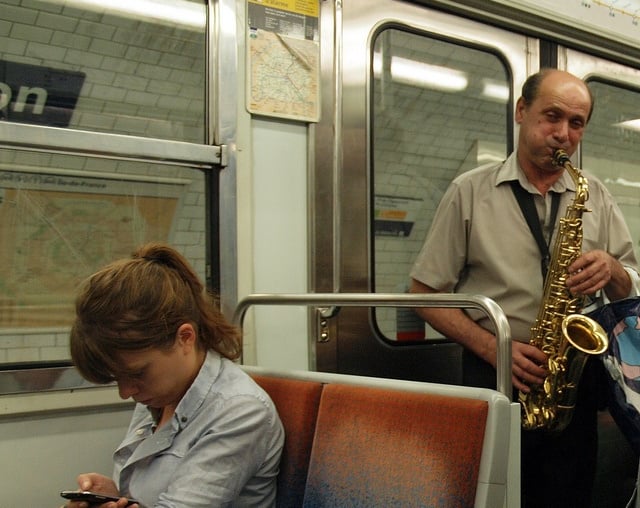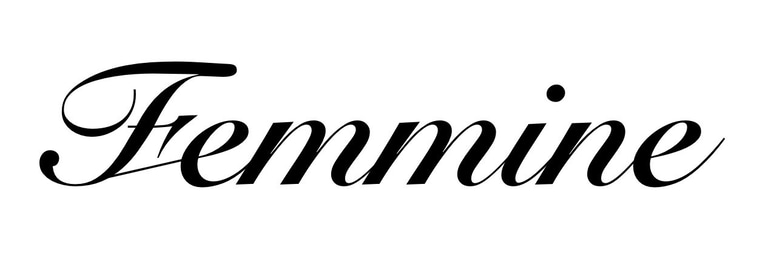Explore The Top 5 Jazz Capitals of The World
By Kesia Burr
TRAVEL
Edited by Charlotte Waugh
5/25/20255 min read


What is something smooth, silky, and indulgent that is enjoyed by people all over the world? For once, I’m not talking about chocolate—I’m talking about jazz music. Just like your favourite confectionery, once you get a taste of jazz, you can’t get enough. It leaves you wanting more, and if you’re lucky, you might find yourself chasing that high all over the world. A fundamental element of jazz is that it refuses to stay in one place. It is liquid sound—always flowing, always evolving. It shapes each place it reaches and absorbs culture like a souvenir, influencing its sound forever. Born in New Orleans over a century ago, jazz has traveled the world; it is the soundtrack of improvisation, rebellion, and reinvention. Jazz thrives in the unexpected—rhythms that break the rules, voices that push the boundaries—there are no rules. Some cities have embraced jazz so deeply that they have become inseparable from it. These are places where jazz isn’t just music—it’s history, culture, and identity. From the birthplace of jazz in New Orleans to the smoky clubs of Paris, the experimental scene of London, the legendary stages of New York, and the rhythmic heartbeat of Havana, each city has left its own imprint on the genre. Here’s a look at five jazz capitals of the world and the unique ways they have shaped—and continue to shape—this ever-evolving scene.
New Orleans, USA – The Birthplace of Jazz
Top Track: West End Blues - Louis Armstrong and His Hot Five (1928)
New Orleans is where it all began. In the late 19th and early 20th centuries, African American communities in the city blended blues, ragtime, gospel, and brass band traditions into something entirely new. Jazz was born out of the joy of celebrating culture but also told painful stories of oppression and the enduring effects of slavery. It thrived in the streets and bars of Storyville, where musicians like Louis Armstrong, Buddy Bolden, and Jelly Roll Morton created the foundations of the genre.
Today, jazz is still the heartbeat of New Orleans. It spills out of bars on Frenchmen Street, marches through the city with the big brass bands during Mardi Gras, and fills the air at the New Orleans Jazz & Heritage Festival. Jazz was never meant to be confined to a stage, and in keeping with its roots, New Orleans honours the people who began the story. As Nina Simone once said, “Jazz is a white term to define black people. My music is black classical music.”
New York City, USA – The Jazz Capital of Innovation
Top Track: Strange Fruit - Billie Holiday (1939)
If New Orleans was where jazz was born, New York is where it grew up. By the 1920s, Harlem had become the epicentre of jazz, thanks to the Harlem Renaissance and the explosion of nightclubs like the Cotton Club and Savoy Ballroom. This was the age of Duke Ellington, Billie Holiday, and Fats Waller—an era when jazz became more complex and daring. Now, every autumn in New York, jazz provides the perfect soundtrack for falling leaves, crisp air, and crimson skies.
Then came bebop. In the 1940s, musicians like Charlie Parker and Dizzy Gillespie pushed jazz into uncharted territory, making it faster, more intricate, and less danceable. It wasn’t about entertaining crowds anymore—it was about artistic expression.
Even today, New York remains an innovator in jazz. Legendary clubs like Blue Note, Village Vanguard, and Birdland continue to host the best in the business, while festivals like NYC Winter Jazzfest showcase the genre’s constant evolution.
Paris, France – Jazz’s European Home
Top Track: Petite Fleur - Sidney Bechet (1952)
Jazz arrived in Paris after World War I, brought by African American soldiers and musicians who found a more accepting society than in the U.S. The city embraced jazz with open arms, and by the 1930s, it had developed its own unique sound, thanks to artists like Django Reinhardt and Sidney Bechet.
In Paris, jazz was more than just music—it was freedom. It flourished in the smoky basement nightclubs of Le Caveau de la Huchette, in the cafés of Montmartre, and in the avant-garde spirit of the Left Bank. The city became a refuge for American jazz musicians, from Miles Davis to Nina Simone, who found in Paris a creative freedom they couldn’t always access back home.
Today, the Parisian jazz scene is still alive and thriving. Venues like Duc des Lombards continue to celebrate jazz in all its forms, while festivals like Jazz à la Villette bring together artists from around the world.
London, UK – A Thriving and Evolving Scene
Top Track: Stormy Weather - Cleo Laine (1964)
London’s relationship with jazz has always been one of reinvention. While the city first embraced American jazz in the 1920s, its real transformation came after World War II. The post-war jazz boom gave rise to trad jazz, while the arrival of Caribbean immigrants infused the scene with new rhythms and influences.
The opening of Ronnie Scott’s Jazz Club in 1959 cemented London’s status as a major jazz city. It became a space where British and American musicians could collaborate, and over the years, it has hosted legends like Sonny Rollins, Sarah Vaughan, and Chet Baker.
Today, London is experiencing a jazz renaissance. A new generation of musicians, led by artists like Shabaka Hutchings and Nubya Garcia, is blending jazz with hip-hop, Afrobeat, and electronic music. The scene is fresh, exciting, and constantly evolving—in true jazz fashion.
Havana, Cuba – The Latin Jazz Powerhouse
Top Track: Manteca - Chano Pozo, Dizzy Gillespie & Gil Fuller (1947)
In Havana, jazz pulses with the energy of Afro-Cuban rhythms. Havana’s hypnotic fusion of jazz and Cuban music began in the 1940s, when artists like Chano Pozo and Mario Bauzá blended the complex polyrhythms of Cuban percussion with the improvisational spirit of jazz.
The result was Afro-Cuban jazz—a sound that was both deeply rooted in tradition and completely revolutionary. This genre, popularised by collaborations between Dizzy Gillespie and Chano Pozo, transformed jazz forever.
Today, Havana’s jazz scene is as vibrant as ever. Legendary venues like La Zorra y el Cuervo and the Jazz Café Havana keep the city’s musical traditions alive, while the Havana Jazz Festival, founded by Chucho Valdés, attracts musicians from all over the world.
Jazz is a conversation between the past and the future, between cultures and experiences. Each of these cities has shaped jazz in its own way—New Orleans gave it life, New York pushed its boundaries, Paris embraced it, London reimagined it, and Havana infused it with a rhythm of its own that fills the streets.
What makes jazz so powerful is that it never stays still and never stays the same. It constantly shifts, adapts, and reinvents itself—just like the cities that have nurtured it. Whether you’re wandering the streets of New Orleans or dancing to Latin jazz in Havana, one thing is certain: jazz is alive, and it’s breathing. In the words of Louis ‘Satchmo’ Armstrong, “Hot can be cool, and cool can be hot, and each can be both. But hot or cool, man, jazz is jazz.”
